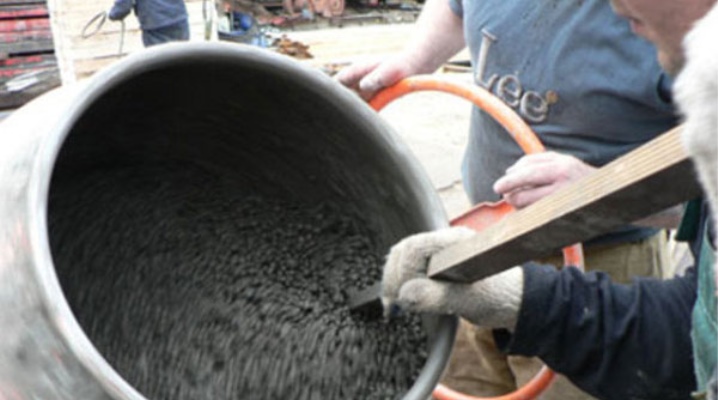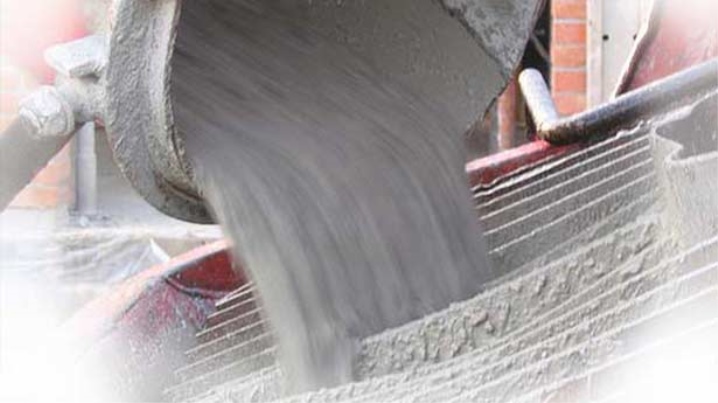Cement Mortar - Correct Proportions
The proportions for the preparation of cement mortar depend on what qualities the mortar will have to possess.
Despite the possible diversity, usually use the standard ratios, written in the regulations. So the most common proportion is one part of the cement to the three parts of the sand. It should not be forgotten that gravel or crushed stone is also added to such mixtures, and sometimes special additives that affect the technical characteristics.
And now let's consider what should be the ratio of sand and cement for different types of structures.
Floor screed
In this case, first of all you need to focus on the expected load, which will be on the floor. It is from it will depend on the requirements for the strength and stability of concrete.
Most often in such cases, use cement M150-200.
- If we use Portland cement M500, the proportion of cement to sand will be 1: 3. In the end, we can get concrete M200.
- If we take cement with a lower grade, for example, PC400, then at the same ratio, concrete M150 will be released.
- But if the ratio is 1: 2, then M200.
It can be concluded that the better cement we use, the more sand can be added to the solution. The quality of the solution itself will not suffer from this. The main thing is not to forget that cement M500 very short time retains the exclusivity of their qualities.
Read more in our article. how much cement is needed on a cube of concrete.
If the coating is made for non-residential premises, then it is better to make a more robust solution, since there the load will be more substantial.
Brickwork
In this case, the ratio of cement and sand is from 1: 3 to 1: 6. The proportions are calculated depending on the brand of cement. In some cases, the sand may be replaced with lime mortar. Foundation
For the foundation, the proportion of 1: 3 is also most often used. But in this case there will be more rubble, therefore, in general, the proportion can be designated as 1: 3: 5.





















